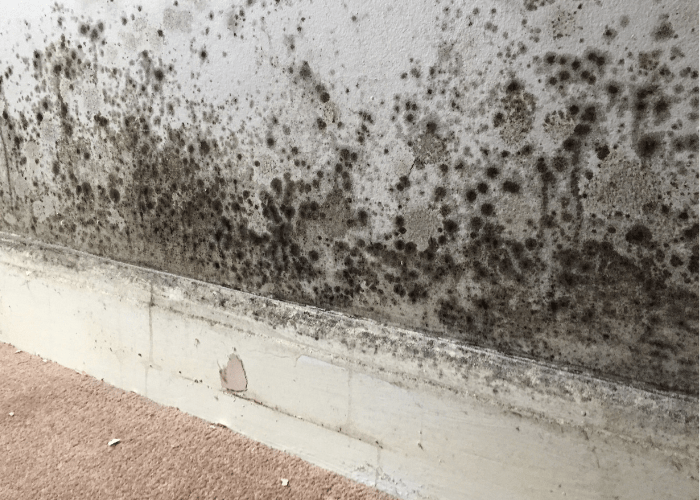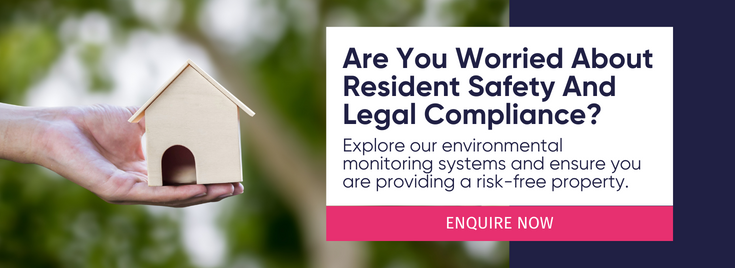
The Dangers of Mould In Your Home: How Environmental Sensors Can Help
Housing can be easily contaminated with mould for many reasons and mould poses many dangers to the residents. Awareness of deaths due to mould poisoning are on the rise, and now more and more stories are emerging of people who have linked their serious health problems to the mould on the walls of their home.

Let’s understand mould and the problems it presents:
1. Health Risks
There are many groups of people that are more likely to be adversely affected by the presence of mould. These include those with previous lung damage and respiratory problems including allergies and asthma - mould spores in the air can get into the lungs where they then replicate, spread and cause inflammation. The elderly, people suffering from diabetes, and others who may have a weakened immune system are also at a higher risk of complications from mould exposure.
None of this is to say that mould is harmless to a healthy person – mould is never harmless. Its effects may simply take longer to show up in healthy people.
2. Legal Liability
Housing requirements are that the property is maintained to a fit state to be lived in. Since the health dangers of mould are now very well documented and expected to be understood by building managers and landlords, you may find yourself liable for mould that has gone untreated and led to health problems or damage to the building. It’s crucial that if you are notified of, or notice, a mould problem you take immediate action.
3. Structural Damage
Mould is as dangerous to buildings as it is to people. The spores can significantly weaken the structure of a building and, over time, compromise its integrity. This means that homes overrun with mould may be more likely to suffer from crumbling walls and windows, and may even lead to collapse.
4. Property Damage
Mould can cost your home long before damage begins to show up structurally - mould can be a very expensive problem simply for the damage it can do to carpets and fabric furniture. If you have curtains or an old sofa that smells damp, it is likely infested with mould and actively giving off spores that are contaminating the rest of the home.
5. Decreased Property Value
More people are becoming educated on the dangers of mould, so evidence of mould can be very off putting to new tenants, making a building significantly reduce in value and harder to rent out.
Few renters actively seek homes with mould. Unfortunately, many simply do not have a choice. Additionally, mould problems worsen over time, so a small patch of mould hidden behind the fridge may not be noticed when a potential tenant makes a visit, but once they move in, that patch may then spread to cover the entire wall.
So What Is The Solution To Mould In Housing?
Mould typically grows in poorly maintained properties but there are things you can do to help improve home conditions and reduce the chance that mould can appear and then take hold. If you’re a compliance manager, you can take steps to help tenants take action in keeping the property a mould-free zone.
Environmental sensors are your best chance at deterring mould. Because mould thrives in damp, poorly or irregularly heated areas, sensors can help you maintain a well-ventilated, dry home that keeps mould at bay. Sensors are quick to install and allow you to measure temperature levels in the home, humidity levels, ventilation levels and indoor air quality, to name a few. At Mirus Energy, we can install various ventilation systems that can help prevent or reduce the growth of mould in your property, which is essential for both health and safety requirements.
Contact Mirus Energy today if you are interested in keeping your housing in tip-top shape for your tenants and reducing the possibility of mould ever taking root.
Image Source: Canva
